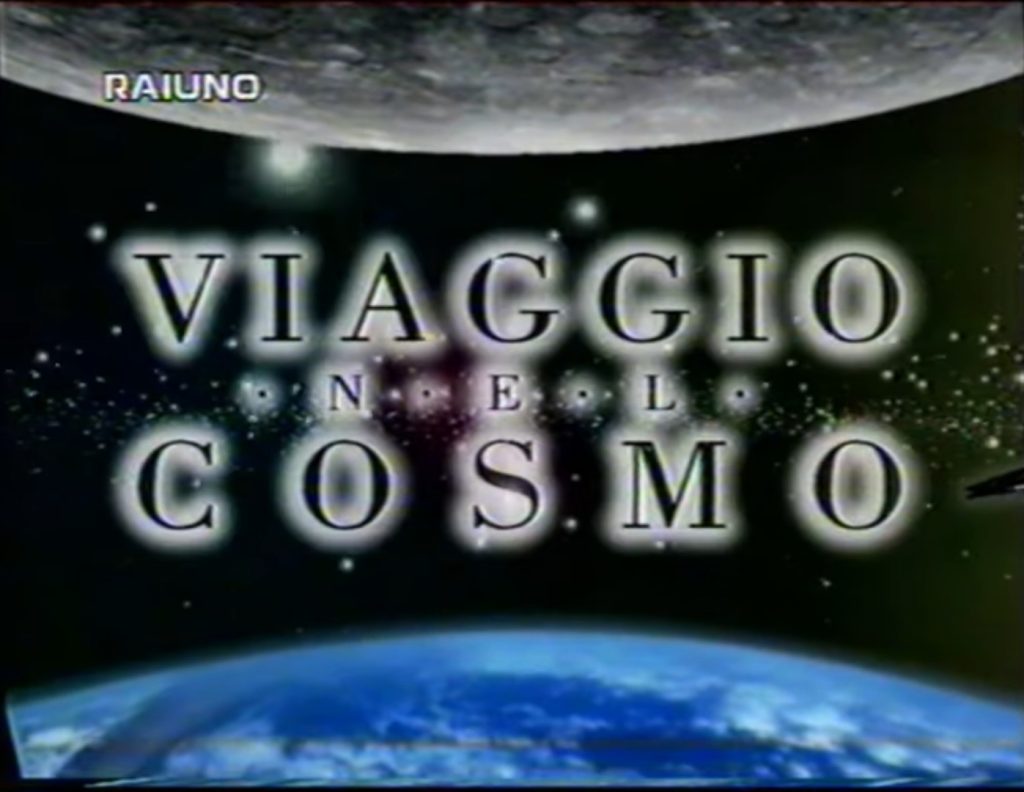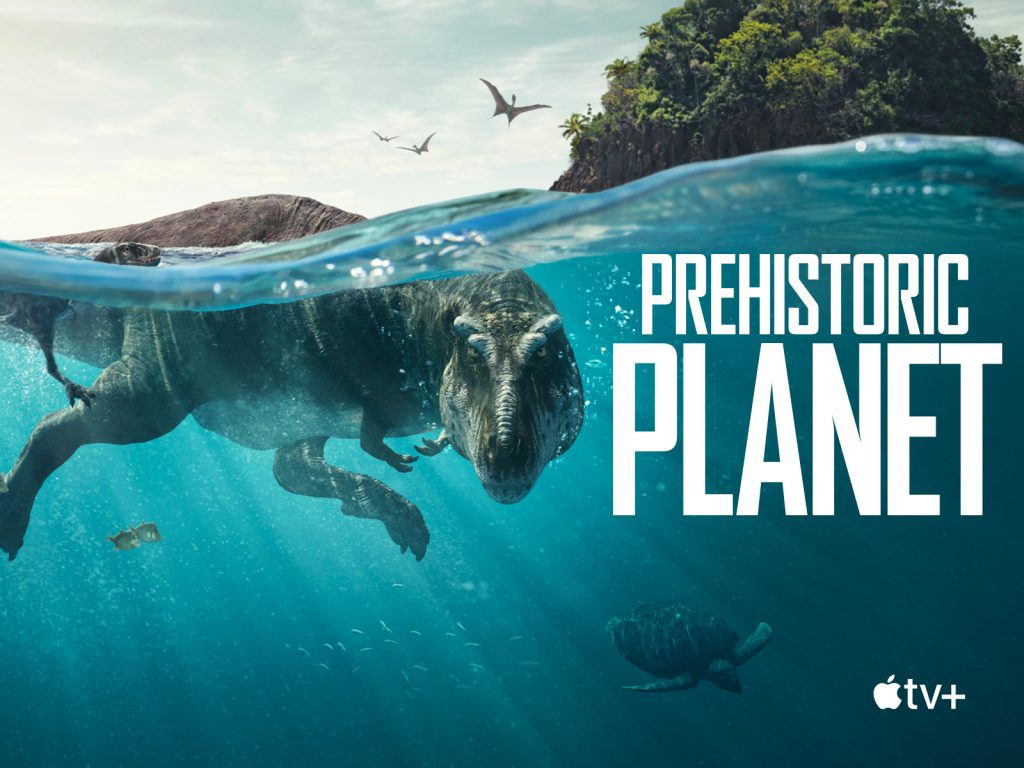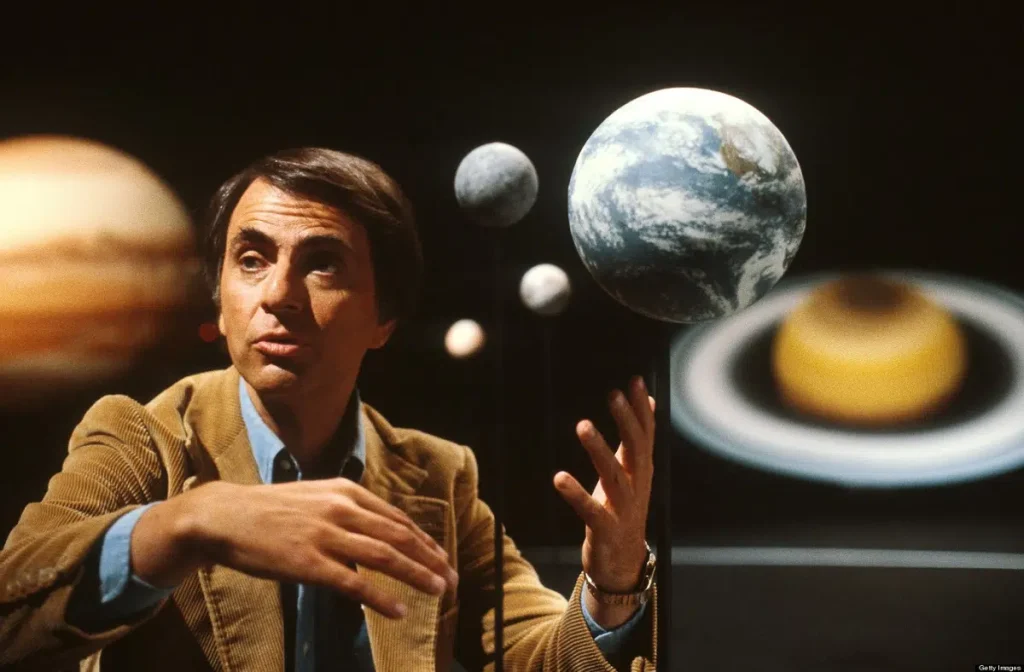Year: 1998
Country: Italy
Language: Italian
Genre: Documentary
Format: Television series (1 season, 7 episodes)
Director: Gabriele Cipollitti
Production Company: RAI
Network: RAI Uno
Running Time: 90'
Piero Angela’s Viaggio nel cosmo (1998) stands as a hallmark in Italian scientific broadcasting, following the narrative techniques and educational approaches he had previously explored in series like La macchina meravigliosa (1990) and Il pianeta dei dinosauri (1993). In these earlier works, Angela effectively journeys through inaccessible realms—the microscopic universe within the human body, the prehistoric Earth, and finally, the vastness of outer space. His role as both guide and participant, interacting with computer-generated environments, creates an immersive educational experience that bridges complex scientific concepts with accessible storytelling.
A distinctive feature of Viaggio nel cosmo is its reliance on animated representations to visualize astronomical phenomena inherently invisible to the naked eye. One notable example is the depiction of a black hole. In the episode where Angela’s virtual spacecraft approaches this enigmatic object, the black hole is portrayed as a massive, swirling vortex—a representation that has since been superseded in popular imagination, especially after the release of Christopher Nolan’s Interstellar (2014), which presented a more scientifically accurate visualization based on physicist Kip Thorne’s work.
However, Angela’s vortex-like black hole serves an important pedagogical function. The dramatic imagery, accentuated by the scene where a probe is launched into the black hole only to have its transmission abruptly cut off, reinforces the illusion of direct observation. This approach subtly suggests to the viewer that such cosmic phenomena can be “seen” in a conventional sense, even though the image is a visual metaphor rather than a literal snapshot. The interruption of the transmission amplifies the mystery, implying a tangible frontier just beyond human reach.
Beyond black holes, Viaggio nel cosmo represents other cosmic objects for which no literal photographs exist, but which are familiar to the public through illustrations or animations. Examples include pulsars, quasars, and supernovae. These representations were crafted to be as photorealistic as possible within the constraints of 1990s technology, aiming to align with the aesthetic of astronomical photography, particularly the images captured by the Hubble Space Telescope, which was revolutionizing astrophotography aesthetics during that decade. The computer graphics used were cutting-edge for the time, striving not only for scientific plausibility but also to evoke the visual richness characteristic of Hubble’s breathtaking cosmic portraits.
The series frequently employs similar visual strategies to represent other celestial phenomena. For example, nebulae and galaxies are rendered with vivid colors and dynamic movements, often derived from actual astronomical images processed through filters that translate data from non-visible wavelengths (such as infrared or X-rays) into the visual spectrum. These images, while rooted in real data, are artistic interpretations designed to enhance contrast and detail for educational impact.
Angela’s narrative style, coupled with these visual techniques, exemplifies how scientific documentaries navigate the tension between accuracy and accessibility.



